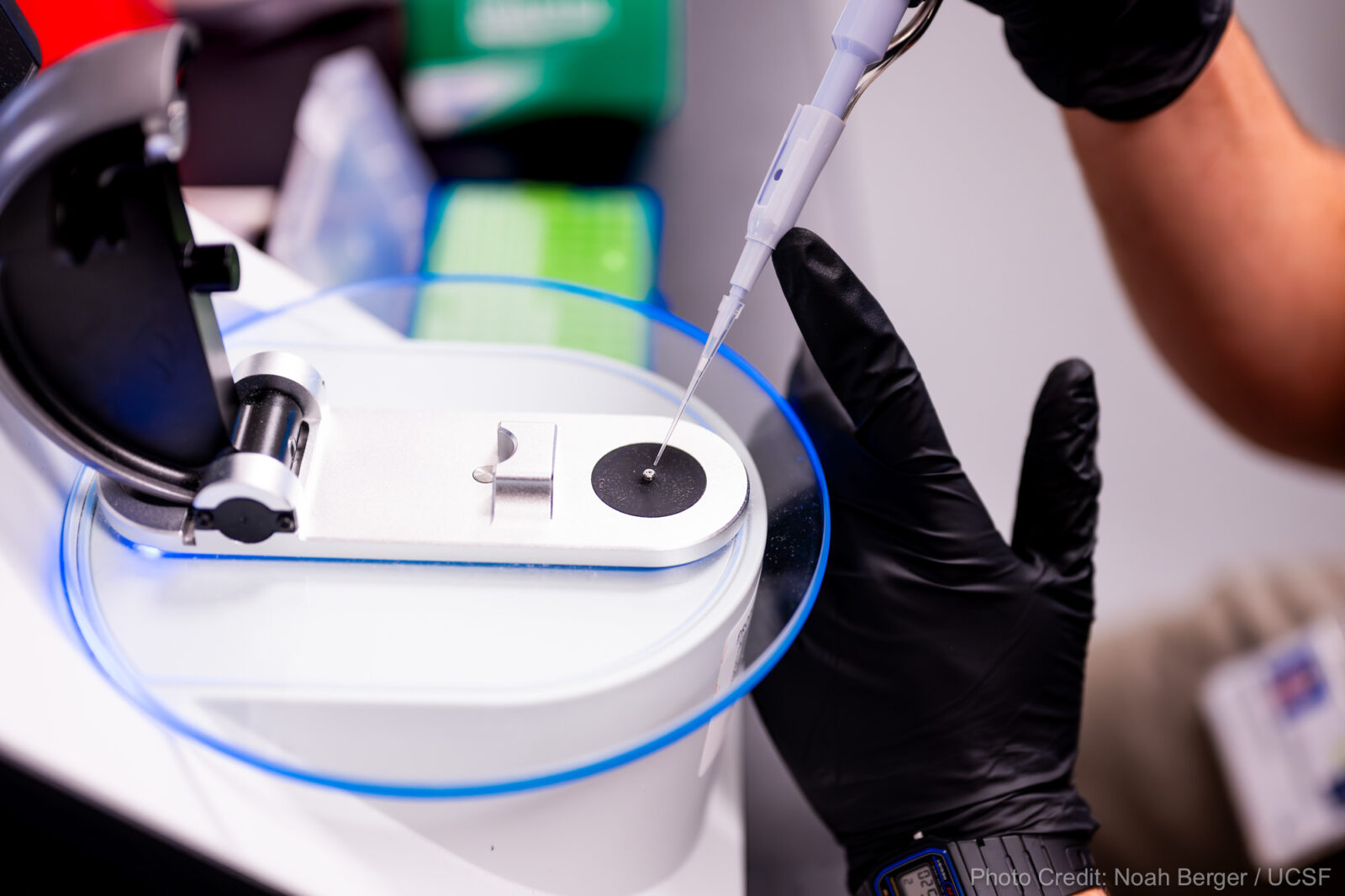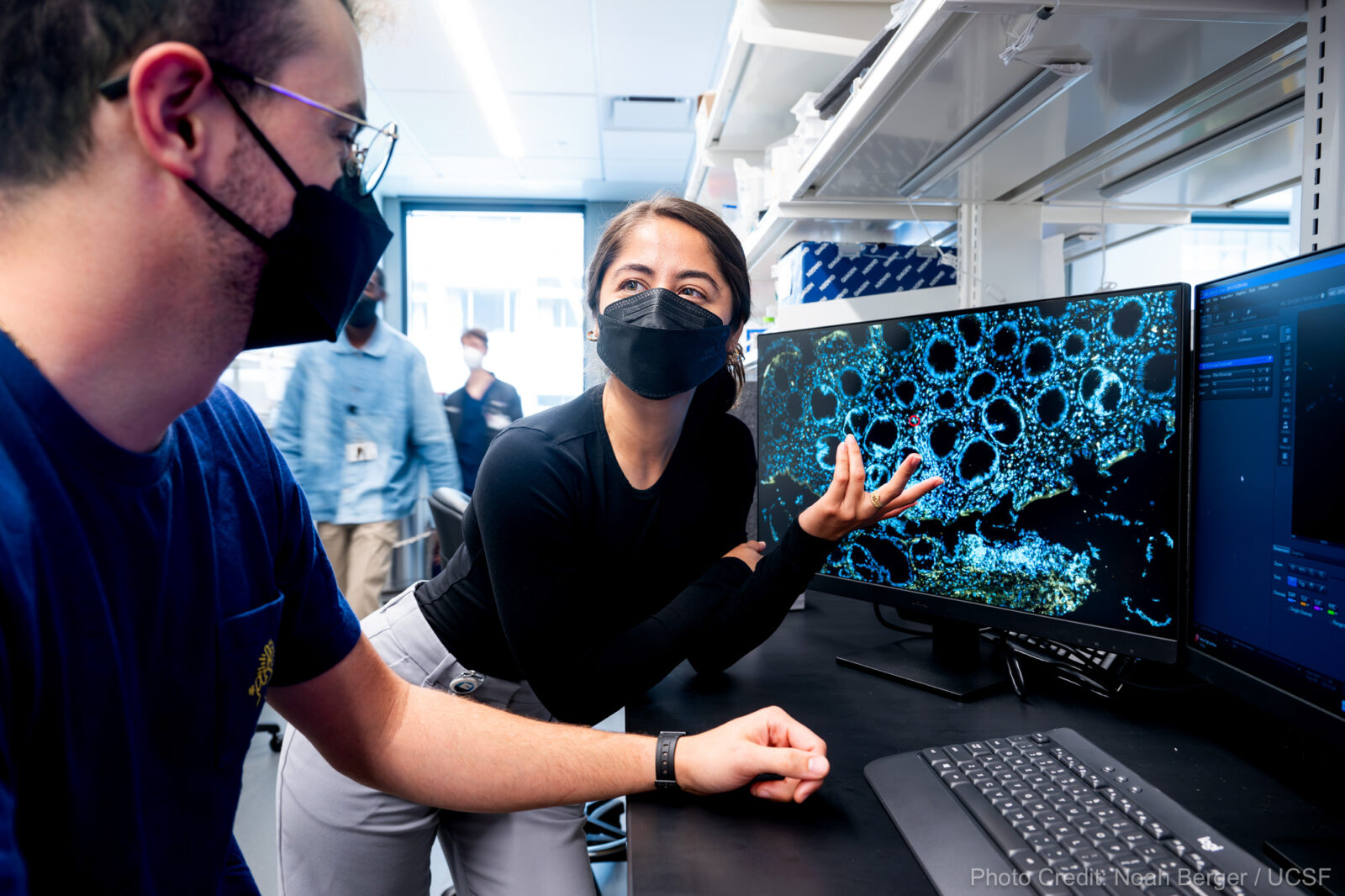LIINC Long COVID Tissue Bank
LIINC’s Long COVID tissue bank is the first of its kind in the world.
Why a Tissue Bank?
Increasingly, research on Long COVID shows that the virus can continue to linger throughout the body long after people recover from their acute infection. While blood tests are important, they only provide a small window into what is happening in the body. Tissue samples may hold the key to understanding the cause of this debilitating disorder and lead to effective treatments by giving us a deeper look into the body. By “banking” tissue samples, we provide our scientists and collaborators with the specimens to look at persistent virus in various people with and without Long COVID.

What Kinds of Tissue Are We Studying?
Gut Tissue
During a COVID-19 infection, the virus attacks cells across various parts of your body, including the gut. Researchers from our group and others have shown pieces of the COVID-19 virus in tissues from the colon of people with Long COVID years after they had COVID-19. We don’t know if this is causing Long COVID, but our researchers are hard at work collecting more samples from our dedicated participants to find out. In addition to this theory, a big piece of the immune system also lives in the lining of the gut. Gut biopsies will also allow us to see if the immune system is working right.
Lymphoid Tissue
Lymph nodes are small, bean-shaped structures in the body that are important for our immune system. They act as filters for our blood and tissue, telling our immune cells to attack intruders like viruses. Our scientists are collecting small samples of these cells from our participants’ lymph nodes to look at their immune systems. By analyzing these samples, we can see if the body is fighting a virus (like the COVID-19 virus) or overreacting to something that is not there.
Cerebrospinal Fluid
Many infections have long-term effects on the brain and spinal cord. This is also true of people who have had COVID-19. Some people experience continuing symptoms like brain fog, issues with memory or concentrating, and numbness/tingling in the arms or legs. By studying the fluid that surrounds the brain and spinal cord (called cerebrospinal fluid or CSF), we can learn more about what might be causing these symptoms.
Bone Marrow
The bone marrow is like a factory for the cells in our blood, many of which fight off intruders as members of the immune system. Therefore, bone marrow plays an important role in how the body fights off infections and studying people’s bone marrow provides a unique opportunity to learn more about how COVID might change or damage the immune system, or cause inflammation that may lead to Long COVID symptoms.
Who is Funding the Program?
The UCSF Long COVID Tissue Program is supported by a $3 million grant from the Long Covid Research Consortium of the PolyBio Research Foundation, a nonprofit dedicated to complex chronic conditions, which also provides funds for the LIINC study. Certain components of the study are also funded by the NIH.

What’s Our Plan?
Our efforts have already begun! With our team of incredible nurses and doctors, our dedicated research participants (both with and without Long COVID) have already donated samples including gut tissue, lymph node cells, cerebrospinal fluid (CSF), and bone marrow. We are continuing to recruit research participants who are willing to contribute their time, effort, and tissue in the name of figuring out Long COVID.
Who Are You Looking for to Take Part in This Study?
While we are looking for people with and without Long COVID, we are especially interested in people who have fully recovered from COVID-19 and have no continuing symptoms to act as a comparison for those with Long COVID. This can provide us with information for why some people get Long COVID while others do not and how to develop tests for Long COVID.
How Do I Get Involved?
To have the opportunity to get involved with our tissue biopsy program, we’ll need participants to first join the LIINC study.
Read More:
- https://www.ucsf.edu/news/2024/02/427136/first-tissue-bank-may-help-solve-mystery-long-covid-misery
- https://www.sfchronicle.com/health/article/ucsf-long-covid-tissue-18678714.php
- https://www.patientcareonline.com/view/first-ever-long-covid-tissue-bank-launched-at-university-of-california-san-francisco
- https://polybio.org/projects/liinc-pasc-tissue-program-a-multimodal-assessment-of-the-tissue-based-virologic-drivers-of-long-covid
- https://www.ucsf.edu/news/2024/03/427241/covid-19-virus-can-stay-body-more-year-after-infection